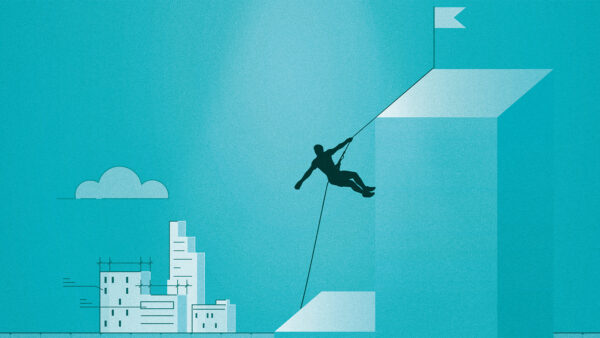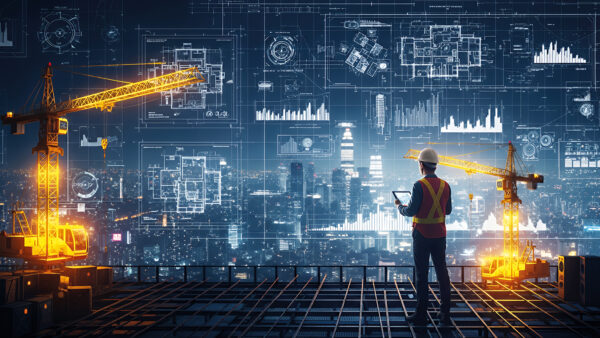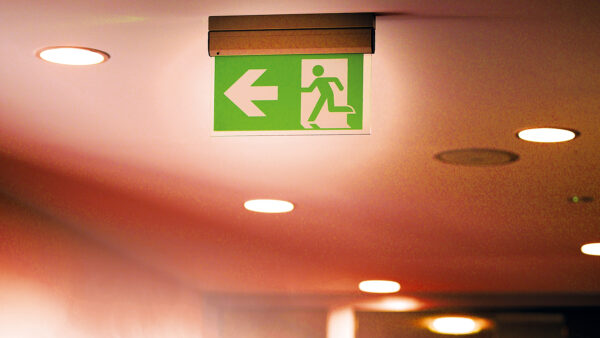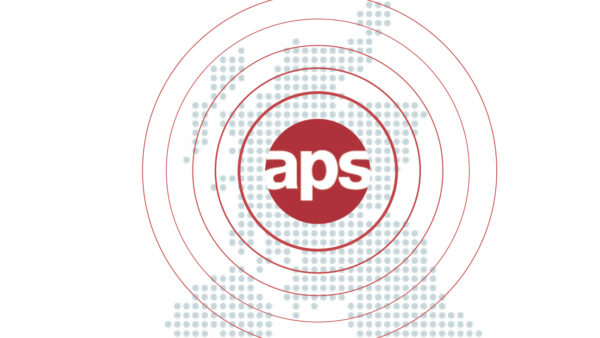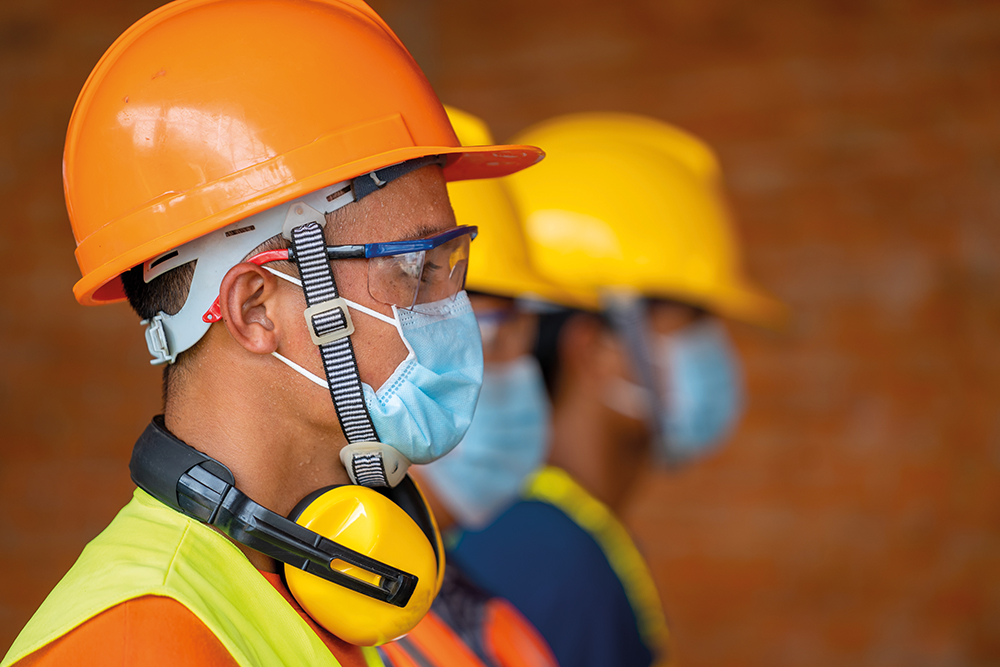
Working practices both on site and off are unlikely to be the same after the coronavirus pandemic Ð and that should mean a safer, healthier construction industry.
Throughout the Covid-19 pandemic, the Construction Leadership Council lived up to its name, publishing and updating its Site Operating Procedures as government guidance and information changed. From the first easing of restrictions on 19 July 2021, the procedures became guidance only; those leading projects are expected to make their own risk assessments and decide on the measures necessary.
In the short term, most projects decided to err on the side of caution, reports Ray Bone (inset), president elect of the Association for Project Safety and managing director of Abbey Construction Consultants. “When the restrictions were lifted, we advised all our clients to continue with the Covid-related practices they already had in place,” says Bone. “They all agreed.”
In the longer term, it seems that changes brought on by Covid will lead to new ways of working that impact positively on health, safety and wellbeing risk management.
1. More thorough design reviews
The need to attend design review meetings virtually rather than in person has had two positive impacts. First, they have been held more frequently, with time that would have been spent on travelling to and from a physical location instead spent on review. And second, more people have been involved.
“Because we have been able to have more people attending, there have been some great discussions,” reports Bone. “We have been able to look at the designs more often when things changed, go into things in greater detail and identify more conflicts.”
2. Better welfare
“Welfare facilities have dramatically improved during Covid,” says Bone. Aside from measures such as more intense and frequent cleaning cycles and the addition of hand sanitisation stations, there have also been some novel approaches to keeping people safe. For instance, a card system for canteens, where a card placed red side up indicated a table has been used and not yet cleaned, whereas green side up means it is clean and ready to be used.
3. Working choices
For some home working has been a blessing, for others a curse. For those roles and organisations where people don’t have to be in the office every day, the options for a hybrid system, with some days at home and some in the office, will offer wellbeing advantages for some. Parents – or those caring for family members – who previously struggled to convince their managers that a hybrid approach could work, now have more flexible work choices.
4. Broader risk assessments
Most health and safety professionals on projects will now be familiar with Covid risk assessments. That approach could be maintained, and expanded, to cover other pathogens, suggests Bone. Equally, companies will be better placed to implement risk mitigation measures, whether mask wearing, social distancing or checking temperatures.

“When the restrictions were lifted, we advised all our clients to continue with the Covid-related practices they already had in place. They all agreed.”
5. Morning safety meetings
Some morning safety briefings have been held via smartphones, PCs or other mobile devices to avoid contact between different trades or bubbles. This has worked well, says Bone. “I think it’s worked better because more people have been attending and more people feel that they can speak openly over their phone compared to in a face-to-face situation,” he says. “It’s also safer, because the site supervisors don’t have to spend time away from their work areas.”
6. Information dissemination
The Covid pandemic has compelled health and safety professionals from all backgrounds to keep abreast with current and changing information. And it has also encouraged organisations to think differently about how they disseminate information. The APS, for instance, created more webinars to communicate with its members – and opened the webinars up to non-members during the pandemic.
7. Building in circulation and ventilation
There are many ways in which office buildings will be used differently post Covid. Those considering office design from a safety perspective need to think differently too, says Bone. Ensuring sufficient levels of ventilation and filtration is an obvious requirement. Circulation, too, must be considered, with elements such as corridor width, access and egress routes and the number of lifts under the spotlight.
8. Building for safe construction
Though this should always be a consideration under the CDM Regulations, designers and those advising them may now need to think about how the design of a building will impact on its assembly in terms of worker density. Sequencing that requires huge numbers of trades in one location may be a thing of the past. Instead, opportunities to modularise elements of the work, or programme them differently will help reduce the risk of pathogen transmission.
9. Technology
The pandemic has hastened the adoption of digital technology in several areas. From the necessity to work with 3D and 4D visualisations to the use of tags on site to monitor safe distancing, this unexpected situation has provided the chance to trial technologies, with those found useful in identifying and reducing health and safety risks becoming part of the industry toolkit.
10. Transformation
Some projects have had to make huge changes to the way they do almost everything – and many have done that very successfully. The construction industry, which is often accused of being traditional and slow to accept change, has demonstrated that it can transform itself quickly, when needed. Lessons learned about the right way to lead such changes could help steer further changes in health and safety practice and culture – and elsewhere.
In conclusion, despite the hardships and the negative impacts that Covid has brought, there are positives that the industry can build on. Strong leadership around health and safety risk management, the involvement of more stakeholders during design, faster technology adoption and the opportunity for a cultural reset around the way we think about and manage health and safety are some of these.





